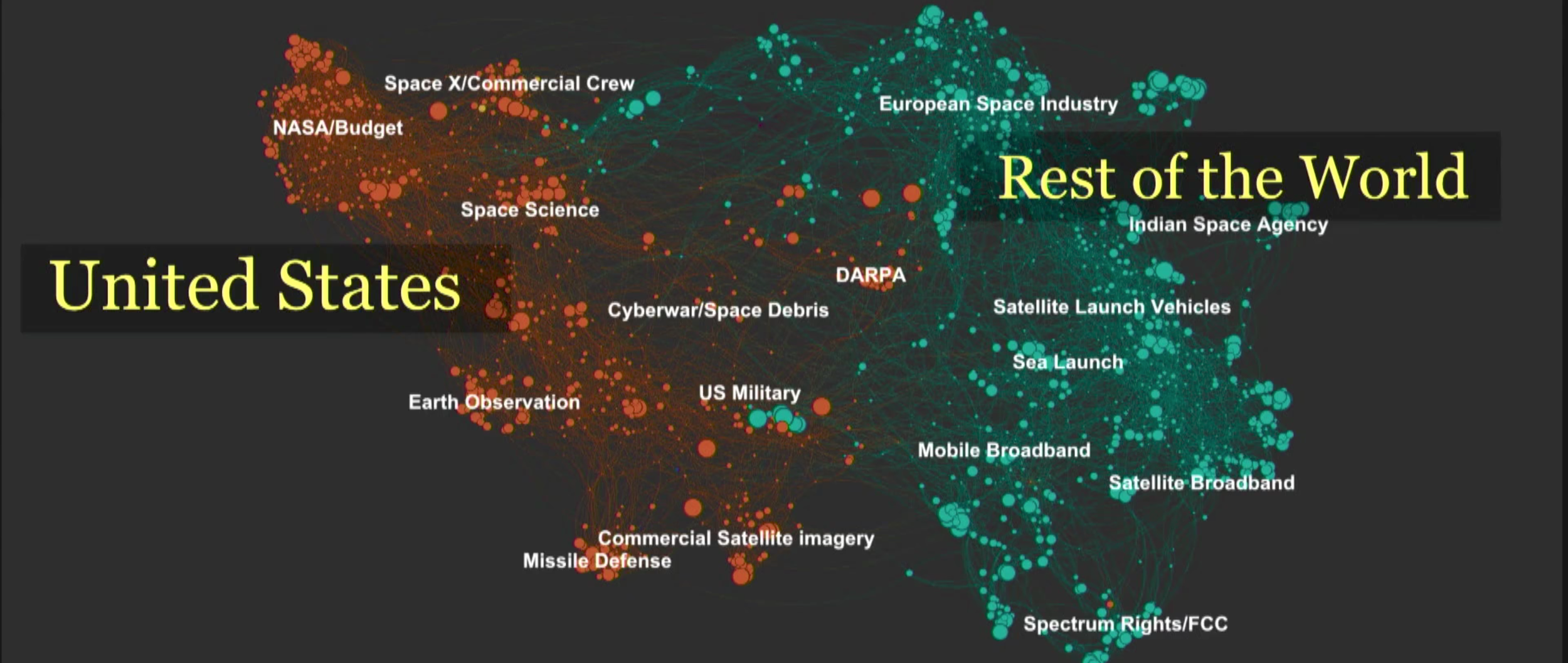Intelligent Augmented Reality at Your Service
How the Spatial Data Loop May Change Your Way of Living
FUTURE PROOF – BLOG BY FUTURES PLATFORM
Intelligence amplification (IA) refers to an attempt to enhance human capabilities with intelligent technologies. This type of concept gives a new point of view to the more common description of artificial intelligence (AI), which pursuits a full-scope replication of human intelligence for the computer or robot to be fully atomised. Furthermore, intelligence amplification doesn’t refer to a scenario where human & artificial intelligence are working in teams, to complete certain tasks and projects. In fact, intelligence amplification is about making humans more capable in anything they want to do.
At the moment, it’s hard to find a major technology company that isn’t investing on AI-related R&D or at least looking for opportunities in, for instance, natural language processing, image recognition, or neural networks. Yet it must be noticed that, so far, the many promises of machine- or deep-learning types of AI are still largely unfulfilled.
According to many computer science developers, such as dean Andrew Moore from Carnegie Mellon, these promises may even never come to fruition. We could potentially be overestimating our potential to create artificial entities capable of self-directed actions. As Moore says, the Terminator movies’ idea of a conscious robot that wants to survive and reproduce is as part of science fiction as time machines are. Therefore, rethinking the concept of artificial intelligence (AI) could be useful in allowing us to get a better sense of where we’re going.
Another concept that describes an alternative track of AI is intelligence amplification, also known as intelligence augmentation, cognitive augmentation or augmented intelligence, which is about enhancing human capabilities and decision-making with intelligent technologies. The idea behind IA dates back to the 1940s-1960s when other related concepts such as “the computer”, “ICT”, “AI”, “cybernetics” and “cyborgs” were also first presented. Today, according to Moore, IA is the field where 98% of AI researchers are focusing.
IBM is one example of a company that does developments in AI (with, for example, the famed Watson), but is putting much more effort into IA, as they connect it more with higher productivity, higher earnings, and overall job growth, at least in the near future. Some examples of this range from an “AI helping doctors make sense of medical data and patient information” to “helping citizens get answers about insurance, taxes, and social programs”
The next generation of IA plus AR is intelligent augmented reality (IAR)
The next generation of augmented reality (AR) is most likely to be combined with certain key elements of artificial intelligence (AI), to create a more interactive user experience (UX). The new interactive combination of IA and AR could be called intelligent augmented reality (IAR). Basically, this can mean virtual elements appearing in the physical environment, but in a way that they can read and comprehend the actions and needs of the users experiencing it. This new combination thereby modifies the space and experience according to the situational needs and wants of the user. The digital UX architect Mika Ilari Koskinen has called this real-time multi-layered knowledge, information, communication and space interaction, a “spatial data loop.”
How would this spatial data loop work if there are many users at the same time? Would it not be incapable of dealing with contradictory information and needs?
First, the AI collects and merges all the real-time users’ data into a virtual multi-dimensional reality, which is then fed back to the physical space and each user’s own UX in real-time. When user data changes the environment, and the users react to that change, we get some sort of treadmill, where both entities (the environment and the users) start to co-evolve. Now the users may start to try to manipulate the space as they learn some of its rules; but, at the same time, the AI, which learns from users’ probable actions, may start to predict and control the attempted manipulations by changing the rules of the processes, or the UI and UX of the space.
Eventually, this IAR loop may change the landscape of cities and the behaviour of its citizens in such unpredictable ways that the DNA of social interactions itself may be profoundly redefined.
Sign Up to the Futures Platform Free Trial to get access to more than 900 phenomena descriptions and use the creation & collaboration tools to co-create your future with your team.




